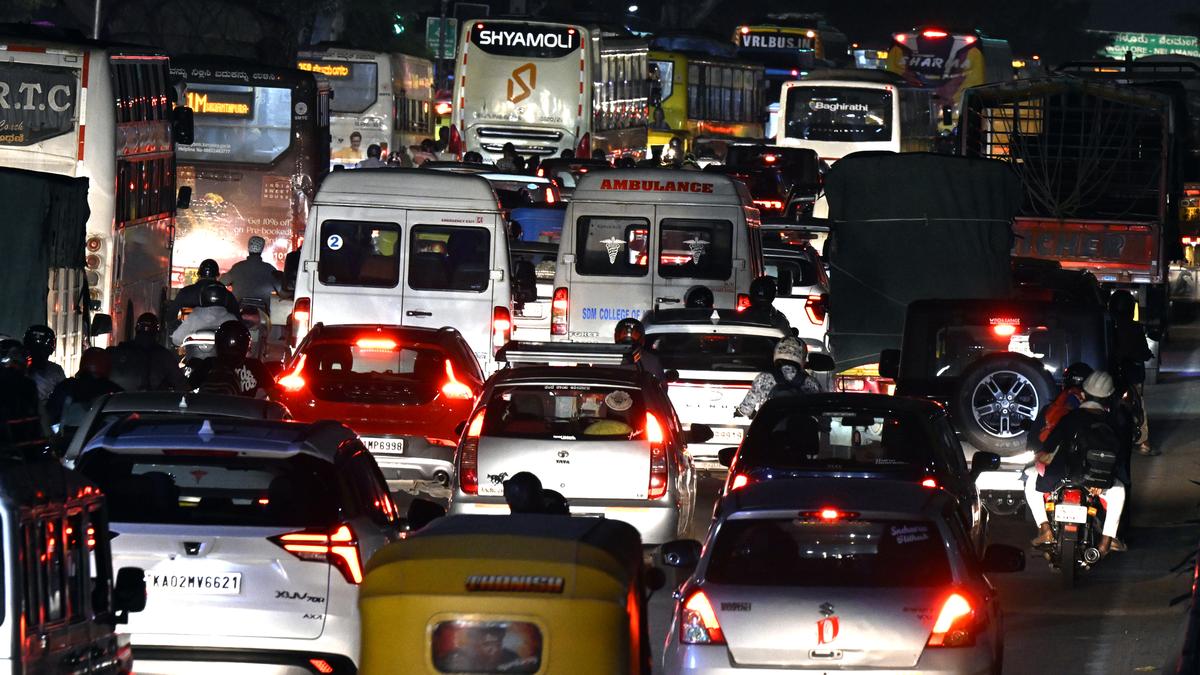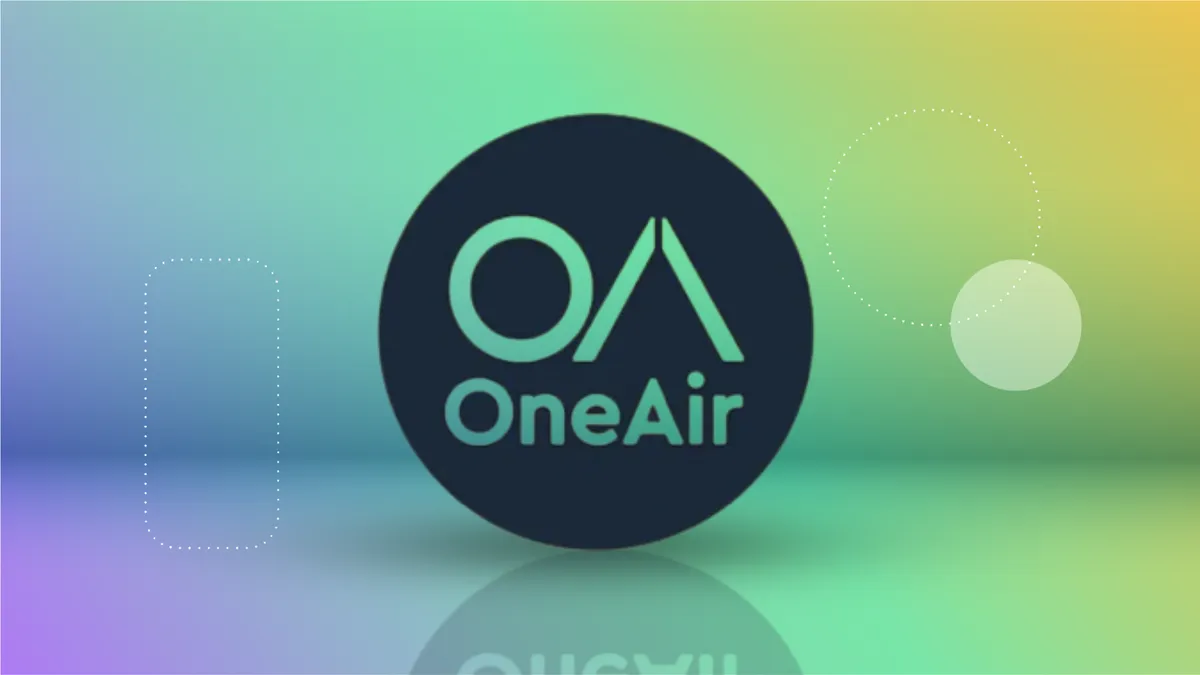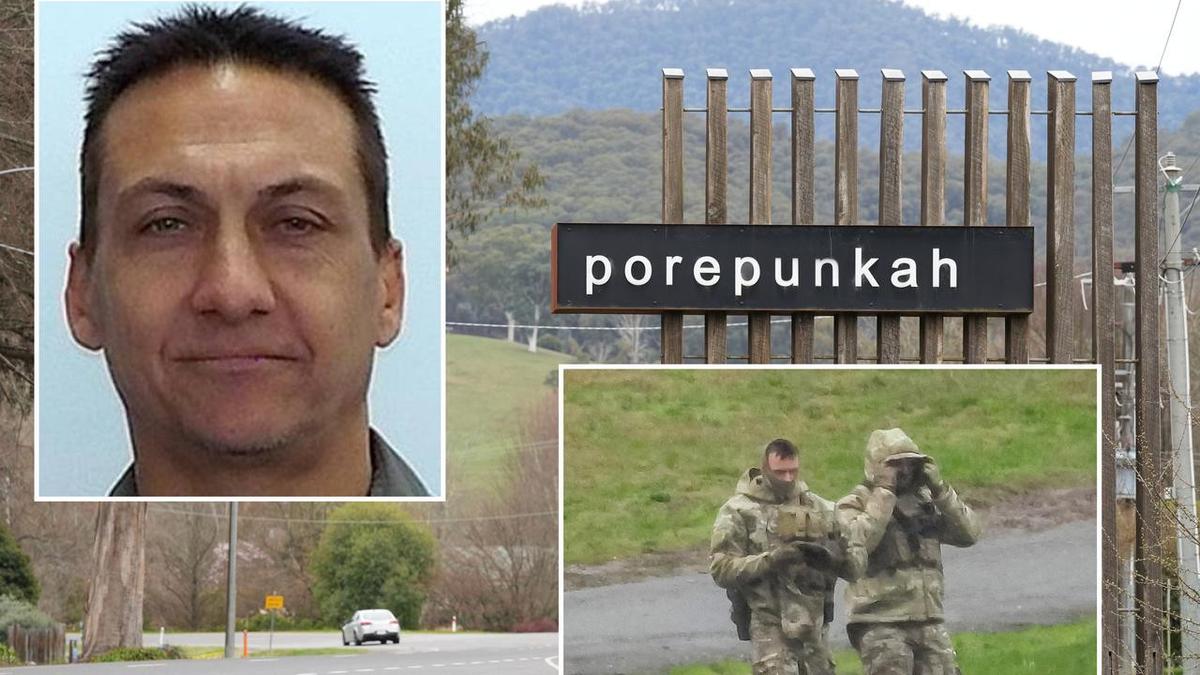Experts, citizens slam Karnataka’s plan for metro line to Tumakuru, call suburban rail a better alternative
By Ravi Shankar
Copyright thehindu

The Karnataka government’s ambitious proposal to extend the Namma Metro network from Madavara in Bengaluru to Tumakuru has attracted sharp criticism from civic activists and people, who describe the plan as impractical and financially unviable.
They argue that while metro systems are best suited for high-density urban areas like Bengaluru city, inter-district travel demands alternatives such as suburban rail or a Regional Rapid Transit System (RRTS), which they believe would be more efficient, affordable, and sustainable.
On September 29, Home Minister G. Parameshwara announced that the Bangalore Metro Rail Corporation Limited (BMRCL) had been entrusted with the project. Tenders worth ₹3 crore were floated for a feasibility study, which was awarded to Hyderabad-based Aarvee Associates Architects Engineers & Consultants Pvt. Ltd. The company has since submitted its report, which the State government has accepted. BMRCL has now been instructed to prepare a Detailed Project Report (DPR) under the public-private partnership (PPP) model.
Line to cost estimated ₹20,649 crore
According to Dr. Parameshwara, who is also Koratagere MLA, the proposed line would cost an estimated ₹20,649 crore in its first phase. However, this figure has raised eyebrows among citizens and mobility advocates, who question whether such massive investments on a long-distance metro line are justified when the city itself still suffers from glaring connectivity gaps.
“Why spend ₹20,000 crore to push metro outside Bengaluru when areas like Outer Ring Road, Varthur, and Old Airport Road still don’t have a metro? A 70-km metro journey would take at least two hours, whereas a suburban train or RRTS can cover the same distance in 30–40 minutes at just a fraction of the cost. This looks like a real estate-driven decision rather than a mobility solution,” said Sandesh Kumar, a commuter from R.R. Nagar.
Similar concerns were echoed by Ravi Shankar, a resident of Soladevanahalli who regularly travels to Tumakuru. “If the government really wants to ease travel to Tumakuru, it should invest in expanding the Bengaluru Suburban Railway Project or strengthen bus connectivity
Suburban rail more practical solution
Rajkumar Dugar, founder of Citizens for Citizens (C4C), said: “Every few months, we hear proposals extend metro to Hosur, then to Bidadi, now to Tumakuru. Metro is meant for shorter urban distances, not 70–80 km intercity corridors. Extending it to Tumakuru will cost more, take years to build, disrupt traffic, and still take nearly two hours for a one-way trip at fares of around ₹200. A far more practical solution is strengthening suburban rail, which already connects Bengaluru and Tumakuru in just over an hour at a fraction of the cost. What we need is political will, not misplaced prestige projects.”
According to BMRCL officials, the proposed line would run 59.6 km with 26 stations, making it the first intercity metro corridor in the Namma Metro network, if approved. The alignment would broadly follow Tumakuru Road, one of the busiest radial highways leading out of Bengaluru.
Reduce dependence on road travel
Tumakuru is located around 70 km northwest of the State capital, and thousands of people travel daily between the two cities, largely dependent on buses and trains. Chief Minister Siddaramaiah had included the metro extension proposal in the 2024-25 State Budget, setting the stage for the study.
Meanwhile, supporters of the project argue that Tumakuru’s rapid urbanisation justifies the metro extension and that an intercity metro could reduce dependence on road travel. This is a long-pending demand of the people of Tumakuru, says Priya N., a software engineer from Tumakuru who travels to Bengaluru daily. “If the metro line actually comes up, it will be a big relief for people like me who spend three to four hours commuting by bus every day. Buses get stuck in traffic. A dedicated metro line, even if it takes longer, will give us more reliable and predictable travel.”



